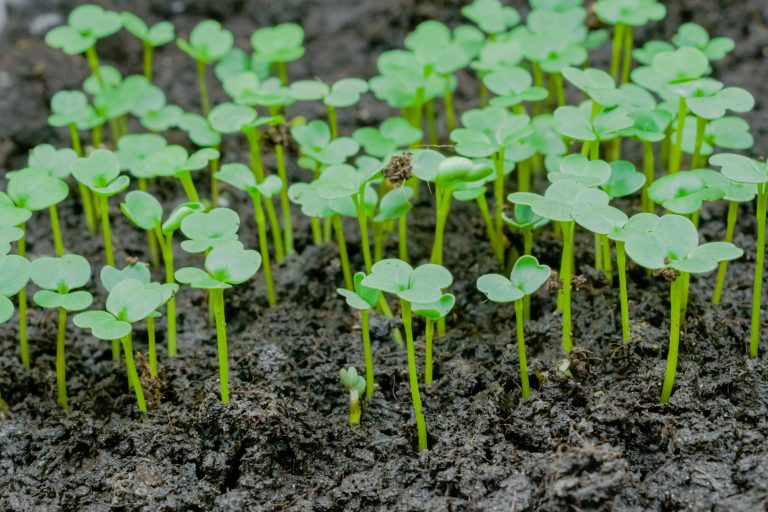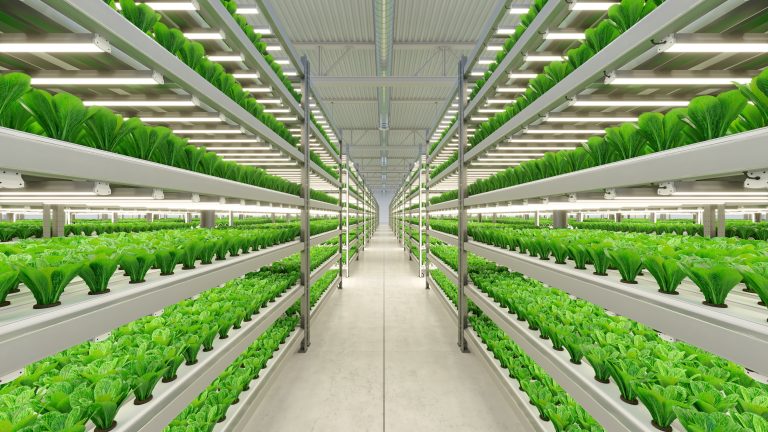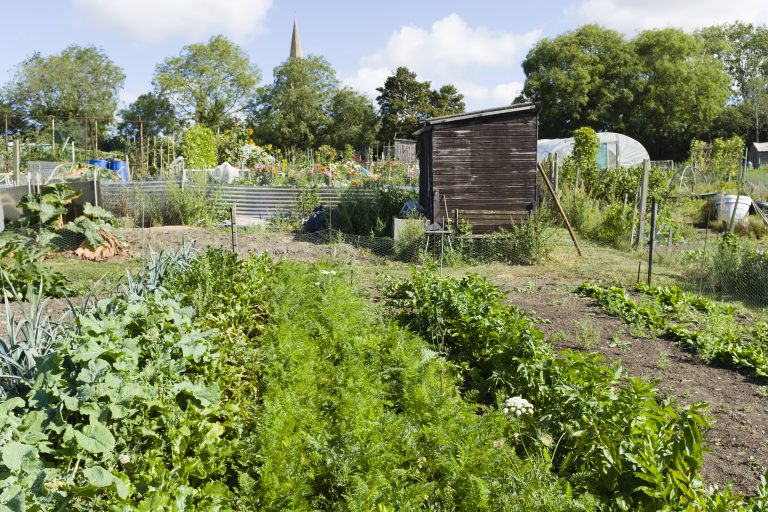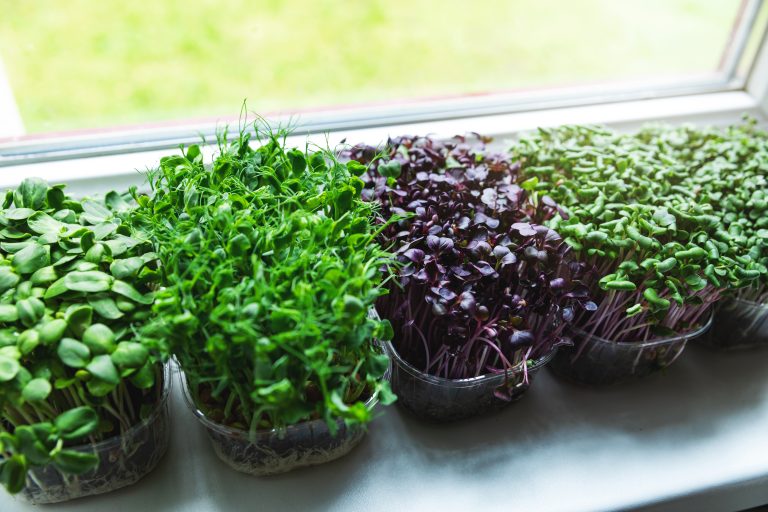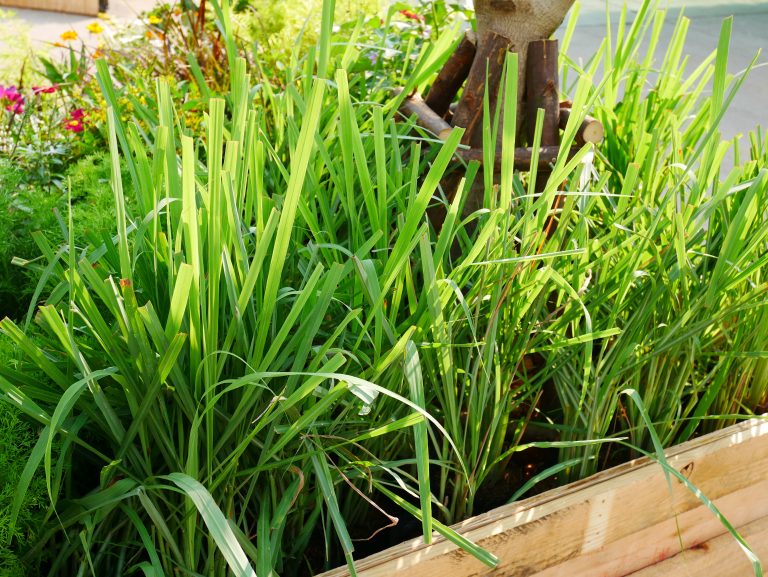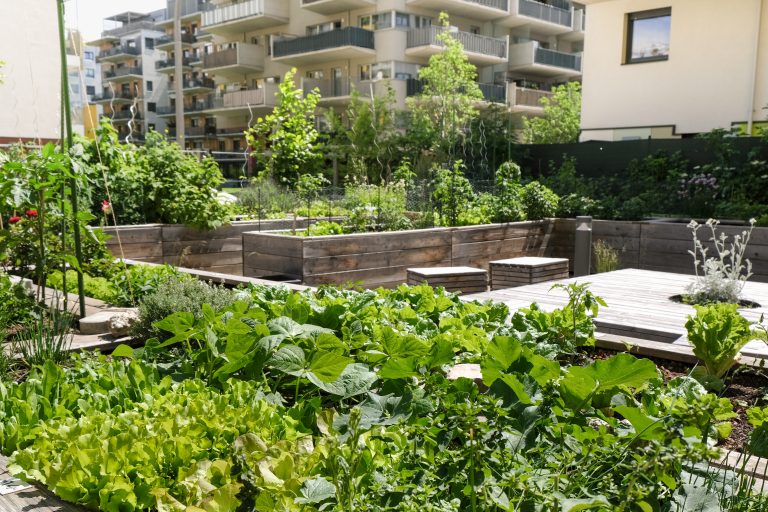7 Secrets to Thriving Subtropical Edible Gardens
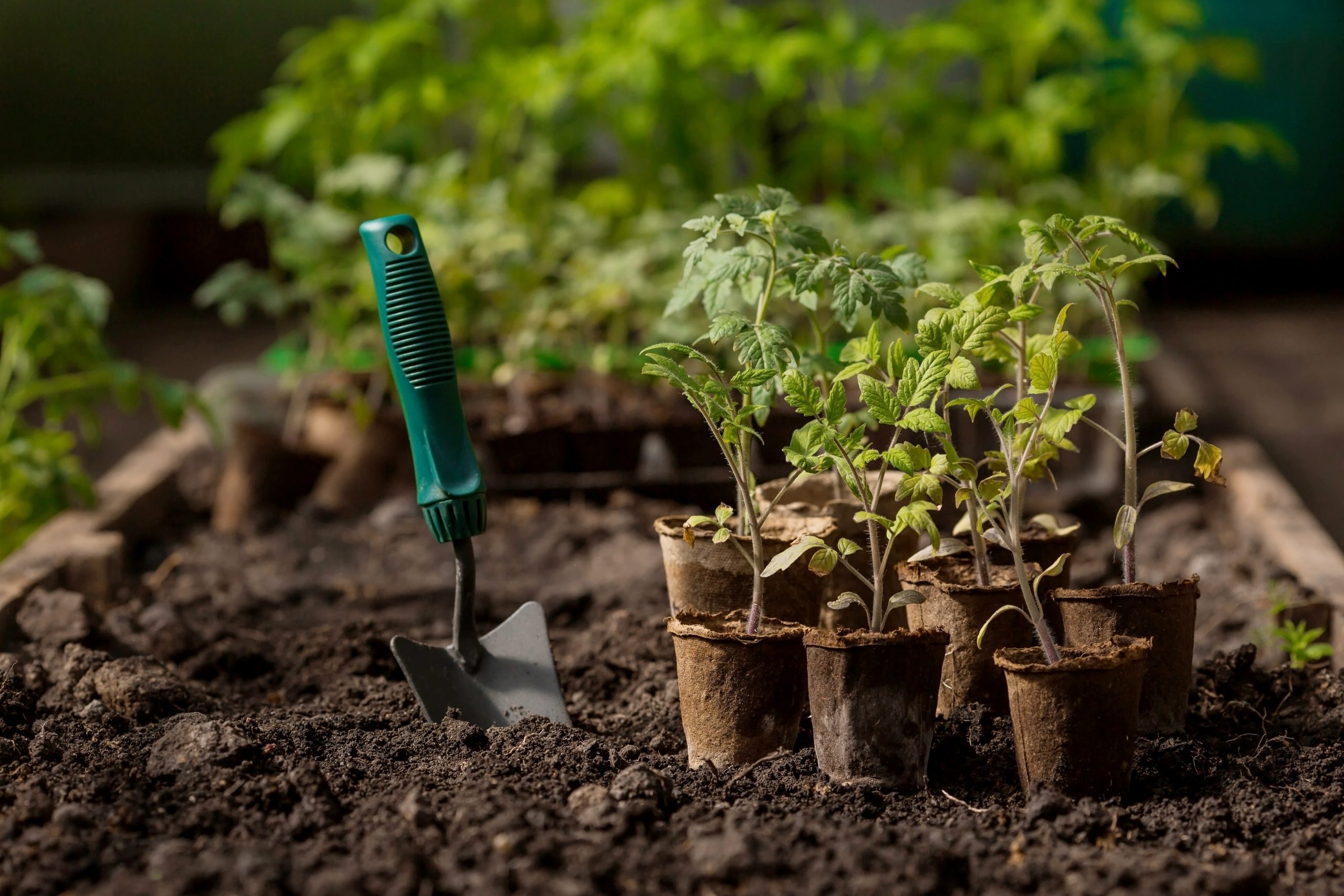
Dive into the lush world of subtropical edible gardens, where the bounty is as vibrant as the climate! Whether you’re a green thumb or a budding novice, these seven secrets will help transform your urban space into a verdant, food-producing oasis.
1. Mastering Microclimates
Understanding your garden’s microclimates is like being a weather wizard; you’ll know exactly where each plant will thrive. Subtropical regions can be tricky, with pockets of your garden basking in the sun while others lurk in the shade. Observe these patterns for a day, and you’ll be equipped to place your plants in their ideal spots.
Remember, even the most sun-loving plant can get a bit too much of a good thing (hello, sunburn), so use shade cloth or strategically placed taller plants to create some much-needed afternoon respite. And don’t forget, balconies and patios can have their microclimates — a real game-changer for container gardening!
2. Soil Secrets Unearthed
Subtropical soils often need a little extra love to reach their full potential. Start with a simple pH test (you can grab a kit from any garden store) to ensure your soil isn’t too acidic or alkaline. Adding organic matter like compost not only enriches the soil but also improves drainage and aeration — critical factors when the rainy season hits.
Hey hey! Don’t forget to subscribe to get our best content 🙂
And here’s a personal tip: I’ve seen worm castings work wonders in my garden. They’re like a soil superfood, chock-full of nutrients that give plants a serious growth spurt.
3. Water Wisdom for Growth
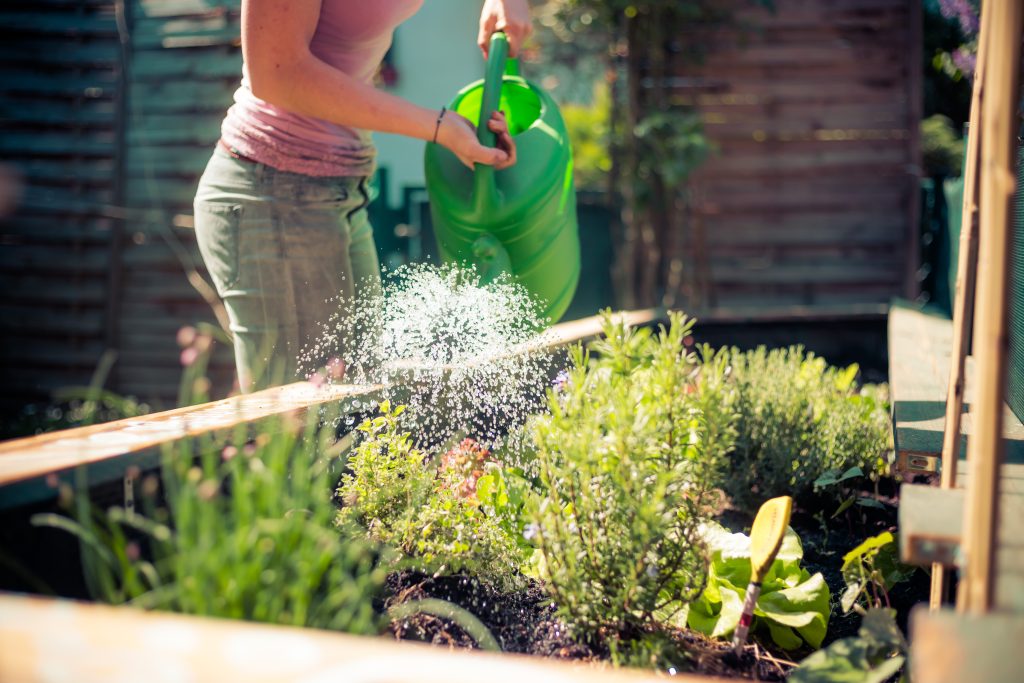
Water is life, especially in the heat of a subtropical climate. But too much or too little can spell disaster for your edibles. Drip irrigation or soaker hoses are your best friends here, delivering water directly to the roots where it’s needed most.
Early morning watering reduces evaporation and helps prevent fungal diseases that thrive in damp, warm conditions. And let’s not forget the power of mulch (more on that soon) to keep that precious moisture right where it belongs.
4. Picking Perfect Plants
Choose plants that are not just survivors but thrive in your region. Think local and seasonal — heirloom tomatoes, peppers, and eggplants love the subtropical warmth. But don’t be afraid to experiment. I’ve had great success with Asian greens and herbs, which seem to adore the humidity.
Remember that some plants, like spinach or peas, might struggle with the heat, so swap them out for heat-tolerant alternatives such as Malabar spinach or southern peas.
5. Mulching for Moisture
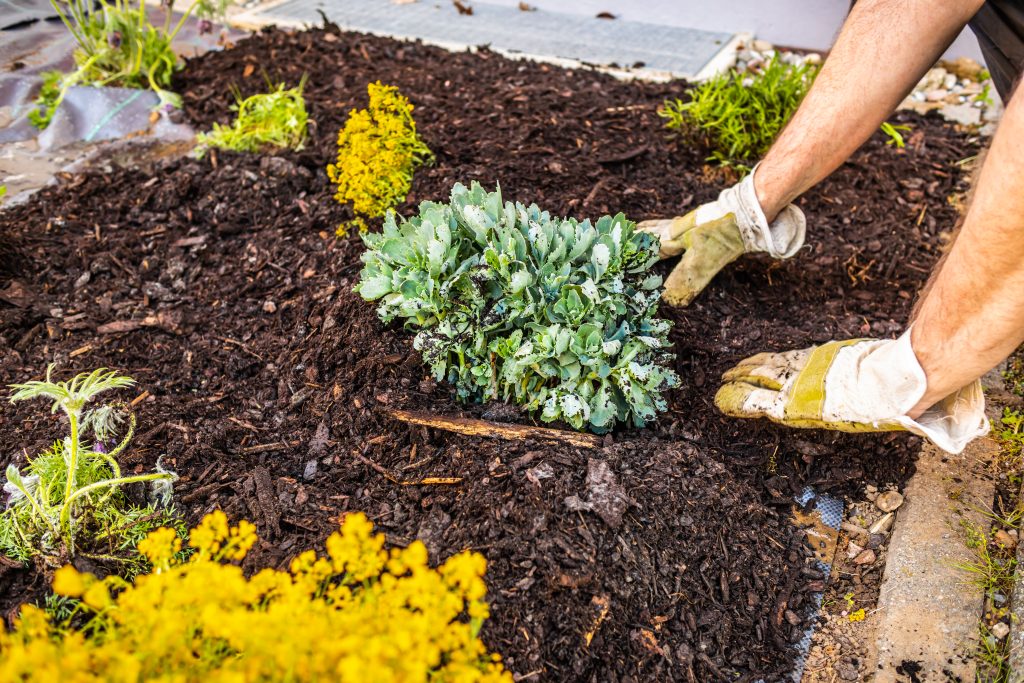
Mulch isn’t just a garden accessory; it’s a necessity. It keeps the soil cool, retains moisture, and suppresses weeds — talk about a triple threat! Organic mulches like straw or sugarcane break down over time, adding nutrients back into the soil.
Just keep the mulch a few inches away from plant stems to prevent rot. And here’s a little secret: using a layer of newspaper under your mulch can give you an extra edge against those pesky weeds.
6. Fertilizing Fundamentals
Fertilizing is all about timing and balance. In a subtropical garden, you want to give your plants a boost during their peak growing times. Use a balanced, slow-release organic fertilizer to provide a steady supply of nutrients.
But beware of over-fertilizing, which can lead not only to weak, floppy growth but also to a buffet for pests (and nobody wants that!). I like to use compost tea every few weeks for a gentle nutrient lift that plants seem to love.
7. Pest Control Tactics
Pests are an inevitable part of gardening, but they don’t have to be garden-destroyers. Encourage beneficial insects by planting flowers like marigolds or herbs like basil among your veggies.
These good bugs will help keep the bad ones in check. If you do spot trouble, opt for neem oil or insecticidal soap before reaching for harsher chemicals. And remember, a little nibble here and it is normal — we’re sharing this space with nature, after all.
8. Pruning for Productivity
Pruning isn’t just for aesthetics; it’s a crucial step for healthy plant growth and fruit production. By removing dead or diseased branches, you allow the plant to focus its energy on producing tasty edibles.
Pruning also improves air circulation, which is vital in the humid subtropical climate to prevent disease. Don’t be shy with the shears; a good prune can invigorate your plants like a strong cup of coffee in the morning.
9. Companion Planting
Companion planting is like setting up a good neighborhood for your plants. Certain plant combinations can deter pests, improve soil health, and even enhance flavor. For example, planting basil near tomatoes is said to improve their taste, and who am I to argue with deliciousness?
Plus, intercropping with flowers can attract pollinators, ensuring your plants are well-visited and well-loved.
10. Harvesting & Storage Tips
Harvesting at the right time is key to enjoying the fruits (and veggies) of your labor. Most subtropical crops will tell you when they’re ready — tomatoes turn a perfect shade of red, and peppers feel firm to the touch. Use sharp scissors or pruners to avoid damaging the plant.
And when it comes to storage, think cool and dry. A dark pantry or even a fridge for short-term storage can keep your harvest fresh until you’re ready to indulge.
With these secrets in hand, you’re ready to cultivate a thriving subtropical edible garden that’s not only a feast for the eyes but a banquet for the table. So roll up your sleeves, get your hands dirty, and let’s grow something amazing together!

